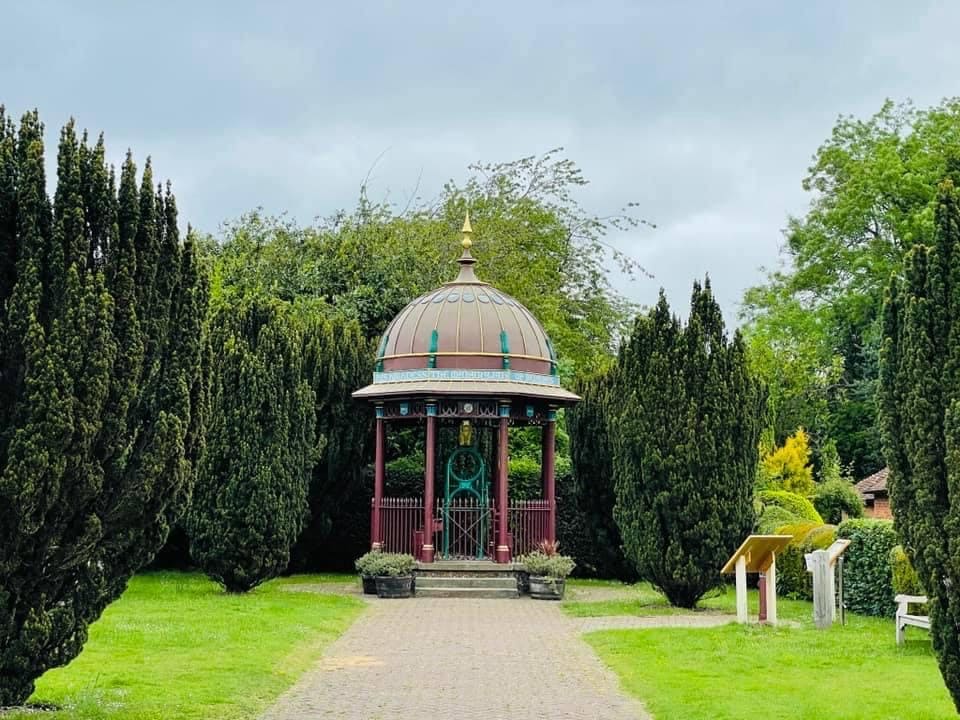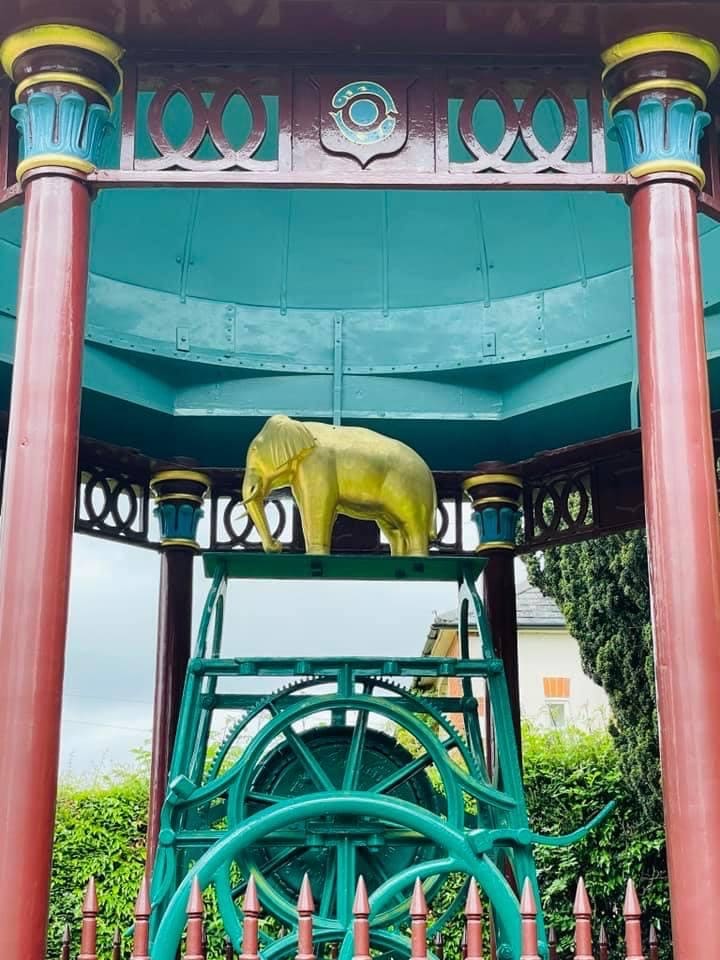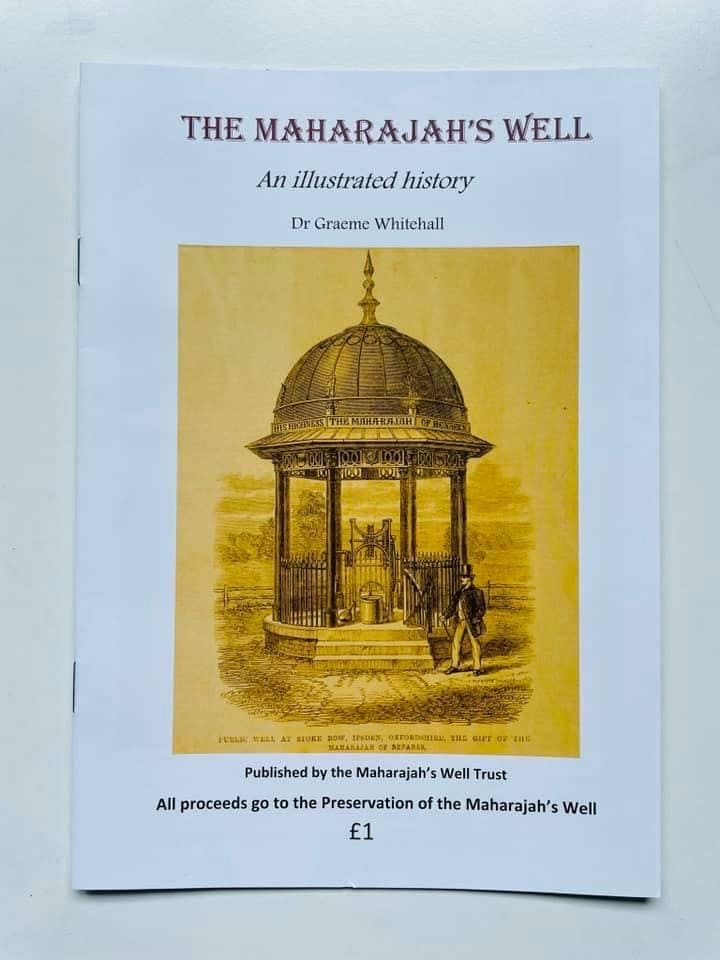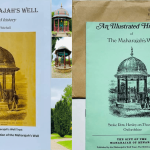The Maharajah’s well at Stoke Row (United Kingdom)
- AsrFoundation
- March 1, 2024
- 5 Comments
- 3 Min Read

Stoke Row is a village close to Reading, in Oxfordshire. The village is noted for ‘The Maharaja’s Well’. There is a rather interesting story behind the sinking of this famous Victorian well.
Recently, I have been conducting some personal research into the role of Russian and Soviet Muslims during the two great wars. I was very impressed with his aforementioned quote, which suggests he didn’t consider himself an ‘old mountain eagle’ as he never gave up; he didn’t want to die in the sky. He died fighting for the oppressed.
After the unsuccessful first organised fight for independence of India from the British, a new ‘India Act 1858’ was passed by the Parliament. This led the British crown to control India directly as ‘The British Raj’. By the 1860s, India was under the full control of the British Empire. The Maharajas, Nawabs, and princes learned how to survive during this turbulent time. An important way to please the British was to share the financial burden of the British Empire. However, the story behind the well’s construction was not due to compulsion, but to a charitable cause.
Around the early 1860s, England suffered severe drought and famine. One story that was narrated by Edward Anderton Reade, who held the position of Lieutenant-Governor of the North-Western Provinces (Utter Pradesh now), to the Maharaja of Benares, ‘Isree Prasad Narayan Singh’, led to the sinking of this historic well. Mr. Reade was on invitation to the Maharaja when he told him that ‘a mother in the village punished her child who drank the last left water at home’. Moved by the story of human suffering, the Maharaja offered Mr. Reade to pay for the cost of sinking a well in the village. Mr. Reade accepted the offer, and it took 14 consecutive months to dig the (368 ft. deep and 4 ft. in diameter) well. It cost the Maharaja a significant sum of £353 at that time.
After completion, on May 24, 1864, the well was inaugurated. The Maharaja sponsored a cherry orchard close to it and built the ‘Well cottage’ very close to it for a person to live there and look after the well and the orchard. The cost of building the cottage at that time was £70. Reliable and constant access to water and the orchard led other people to come and live in this village. Within a few years, the population of the village grew, and factories were established.
In 1964, a function was organised to celebrate the centenary of the well. This Indo-Saracenic structure stands out prominently in comparison to the neighbouring buildings of the village, and it reminds the locals of the generosity of a Maharaja.
Below are a few photographs from my recent visit to the village and a few books I collected on this topic; one arrived just today.







Prepare to be awestruck by the majestic beauty of The Winchester, a true masterpiece of medieval art. Delve into the intricate details and timeless allure of this iconic artwork, crafted with unrivaled skill and devotion. Unveiling the artistry of a bygone era, this extraordinary piece showcases the exquisite craftsmanship and artistic vision that defined medieval aesthetics. Join us as we explore the rich history and symbolic significance of The Winchester, an enduring testament to the enduring legacy of medieval art.



I’m really enjoying the design and layout of your site.
It’s a very easy on the eyes which makes it much more pleasant for me
to come here and visit more often. Did you hire out a designer to create your theme?
Excellent work!
These are truly enormous ideas in concerning blogging.
You have touched some nice things here. Any way keep up wrinting.
Appreciating the hard work you put into your website
and detailed information you provide. It’s nice to come across a blog every once in a while that isn’t the same
outdated rehashed information. Excellent read!
I’ve bookmarked your site and I’m adding your RSS feeds to my Google account.
Hey There. I found your blog the use of msn. This is an extremely smartly
written article. I’ll be sure to bookmark it and return to read more of your helpful info.
Thank you for the post. I’ll certainly return.
Hey there, You have done a fantastic job.
I’ll definitely digg it and personally suggest to my friends.
I am confident they’ll be benefited from this site.